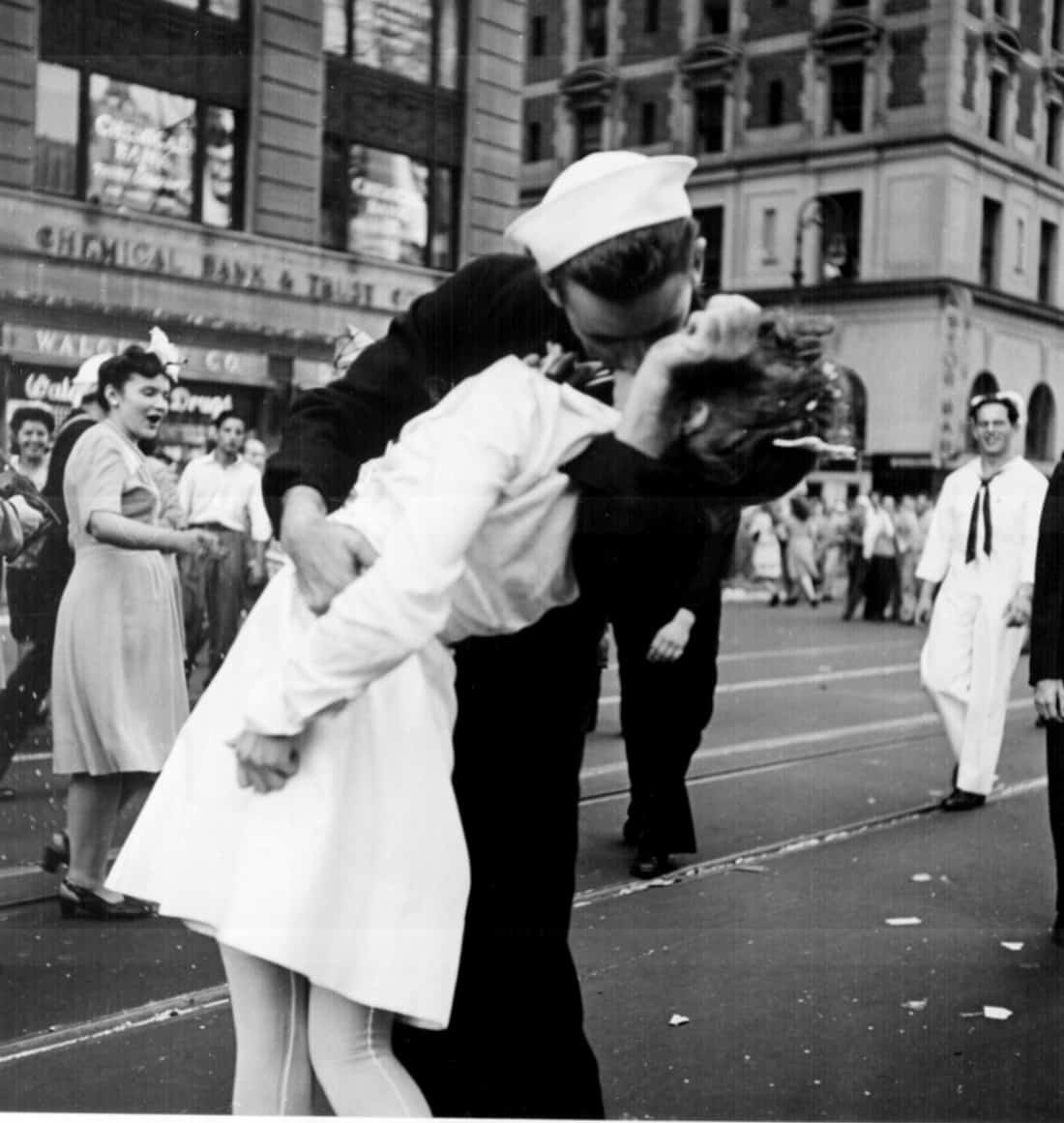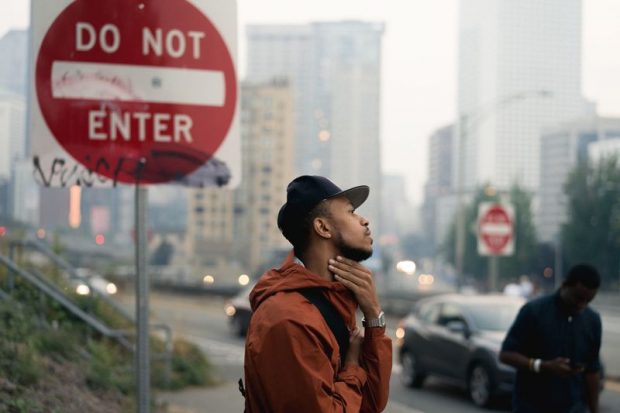The Ultimate Guide To Framing Streets
The Ultimate Guide To Framing Streets
Blog Article
The Only Guide for Framing Streets
Table of ContentsSome Ideas on Framing Streets You Need To KnowFraming Streets Things To Know Before You BuyExamine This Report on Framing StreetsEverything about Framing StreetsAn Unbiased View of Framing StreetsThe Facts About Framing Streets Uncovered
Photography genre "Crufts Pet dog Program 1968" by Tony Ray-Jones Road digital photography (additionally often called candid photography) is photography carried out for art or query that features unmediated possibility encounters and random cases within public areas, generally with the goal of recording photos at a decisive or touching moment by cautious framework and timing. 
Not known Facts About Framing Streets
Susan Sontag, 1977 Street digital photography can concentrate on people and their habits in public. In this regard, the road professional photographer is comparable to social documentary photographers or photographers who also operate in public areas, however with the purpose of catching relevant occasions. Any one of these digital photographers' pictures might record individuals and property noticeable within or from public locations, which frequently entails browsing ethical issues and laws of privacy, security, and residential or commercial property.
Representations of daily public life create a category in virtually every period of world art, starting in the pre-historic, Sumerian, Egyptian and very early Buddhist art durations. Art dealing with the life of the street, whether within sights of cityscapes, or as the dominant concept, shows up in the West in the canon of the North Renaissance, Baroque, Rococo, of Romanticism, Realism, Impressionism and Post-Impressionism.
Indicators on Framing Streets You Need To Know
Louis Daguerre: "Boulevard du Holy place" (1838 or 1839) In 1838 or 1839 the initial photo of numbers in the street was taped by Louis-Jacques-Mand Daguerre in among a set of daguerreotype views taken from his workshop window of the Boulevard du Holy place in Paris. The 2nd, made at the height of the day, shows an unpopulated stretch of street, while the various other was taken at about 8:00 am, and as Beaumont Newhall records, "The Blvd, so constantly loaded with a relocating his comment is here bunch of pedestrians and carriages was completely solitary, other than an individual that was having his boots combed.
, that was inspired to carry out a comparable documents of New York City. As the city established, Atget assisted to advertise Parisian roads as a worthy subject for photography.

Rumored Buzz on Framing Streets
Martin is the initial tape-recorded digital photographer to do so in London with a masked electronic camera. Mass-Observation was a social study organisation established in 1937 which aimed to record day-to-day life in Britain and to videotape the reactions of the 'man-in-the-street' to King Edward VIII's abdication in 1936 to wed divorce Wallis Simpson, and the sequence of George VI. The principal Mass-Observationists were anthropologist Tom Harrisson in Bolton and poet Charles Madge in London, and their initial record was produced as the book "May the Twelfth: Mass-Observation Day-Surveys 1937 by over two hundred onlookers" [] Window cleaner at Kottbusser Tor, Berlin, by Elsa Thiemann c. 1946 The post-war French Humanist Institution professional photographers located their subjects on the road or in the restaurant. In between 1946 and 1957 Le Groupe des XV each year showed job of this kind. Andre Kertesz. Circus, Budapest, 19 May 1920 Street digital photography formed the significant web content of two events at the Museum of Modern Art (Mo, MA) in New York curated by Edward Steichen, Five French Photographers: Brassai; Cartier-Bresson, Doisneau, Ronis, Izis in 1951 to 1952, and Post-war European Digital Photography in 1953, which exported the principle of road digital photography internationally.

Framing Streets Fundamentals Explained
, after that an educator of young youngsters, associated with Evans in 193839.'s 1958 book,, was substantial; raw and typically out of focus, Frank's photos examined mainstream photography of the time, "tested all the official policies laid down by Henri Cartier-Bresson and Pedestrian Evans" and "flew in the face of the wholesome pictorialism and sincere photojournalism of American publications like LIFE and Time".
Report this page